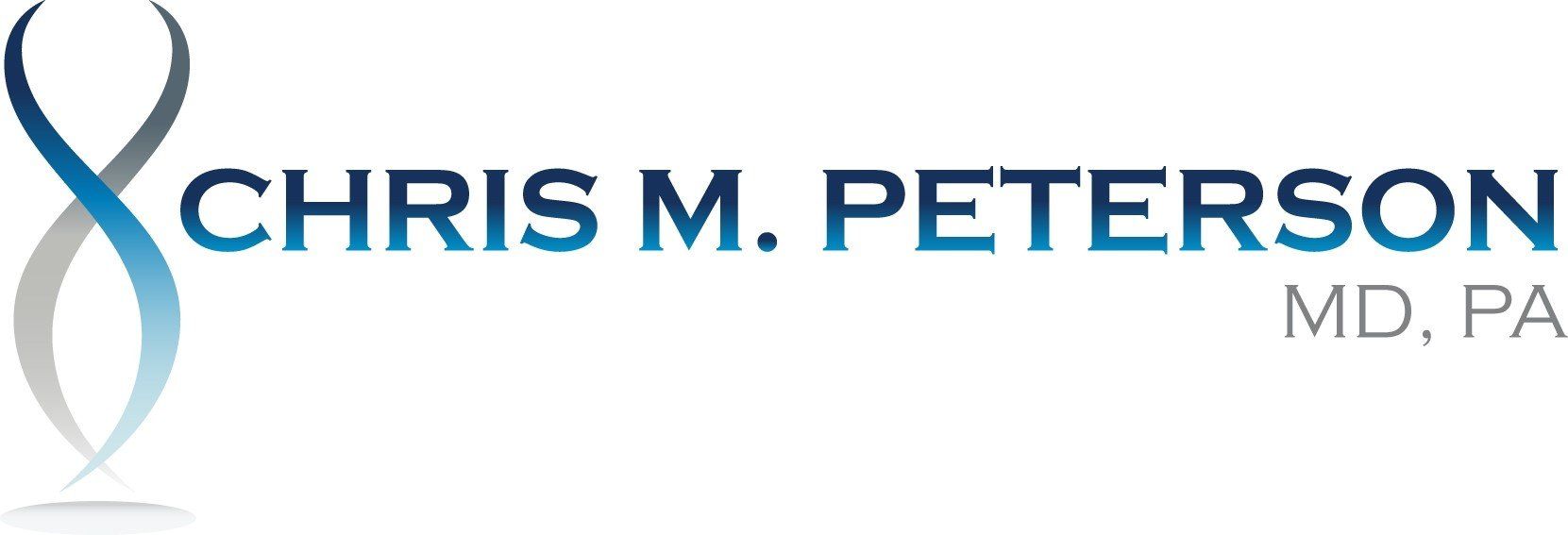CALL US
POSTOPERATIVE WOUND CARE
POSTOPERATIVE WOUND CARE

Postoperative Wound Care
To ensure the best healing of your surgical wound, we ask you to do the following:
- Leave the pressure bandage on for 24 hours after your surgery. After 24 hours, remove the bandage, shower or bathe the area gently with soap and water.
- Apply an ice pack over the bandage for 15 minutes every hour (while you are awake) for the first 48 hours. Elevate the surgical area, if possible, for the first 48 hours.
- Clean the surgical site with peroxide, twice daily, using cotton tipped applicators such as a Q-tip. Remove any crust, scab or blood in the wound or on the stitches.
- Dry the surgical site after cleaning. Keep the surgical site moist at all times with white petroleum jelly (Vaseline).
- Cover the surgical site at all times with a bandage.
These simple rules will help your wound to heal quickly and with as small a scar as possible.
Occasionally, people are allergic to the adhesive bandage that covers the wound. The affected skin may be itchy, red, or have small bumps. If this occurs, discontinue use of the bandage and keep the wound clean and moist.
If you have any problems with your surgical site, such as pain, heavy bleeding, drainage of pus, swelling, or increased temperature, please call the office to speak with a nurse.
Thank you for your attention to these matters, and we look forward to seeing you for your suture removal.

Postoperative Wound Care
To ensure the best healing of your surgical wound, we ask you to do the following:
- Leave the pressure bandage on for 24 hours after your surgery. After 24 hours, remove the bandage, shower or bathe the area gently with soap and water.
- Apply an ice pack over the bandage for 15 minutes every hour (while you are awake) for the first 48 hours. Elevate the surgical area, if possible, for the first 48 hours.
- Clean the surgical site with peroxide, twice daily, using cotton tipped applicators such as a Q-tip. Remove any crust, scab or blood in the wound or on the stitches.
- Dry the surgical site after cleaning. Keep the surgical site moist at all times with white petroleum jelly (Vaseline).
- Cover the surgical site at all times with a bandage.
These simple rules will help your wound to heal quickly and with as small a scar as possible.
Occasionally, people are allergic to the adhesive bandage that covers the wound. The affected skin may be itchy, red, or have small bumps. If this occurs, discontinue use of the bandage and keep the wound clean and moist.
If you have any problems with your surgical site, such as pain, heavy bleeding, drainage of pus, swelling, or increased temperature, please call the office to speak with a nurse.
Thank you for your attention to these matters, and we look forward to seeing you for your suture removal.
Contact Information
Address:
7A & 7B Cleveland Court, Greenville, SC 29607
Phone:
864-351-0345
Fax:
(864) 351-0360
Hours of Operation:
- Mon - Fri
- -
- Sat - Sun
- Closed
Visit Our Location
Browse Our Website
Contact Information
Address:
7A & 7B Cleveland Court, Greenville, SC 29607
Phone:
864-351-0345
Fax:
(864) 351-0360
Hours of Operation:
- Mon - Fri
- -
- Sat - Sun
- Closed
Visit Our Location
Content, including images, displayed on this website is protected by copyright laws. Downloading, republication, retransmission or reproduction of content on this website is strictly prohibited. Terms of Use
| Privacy Policy
